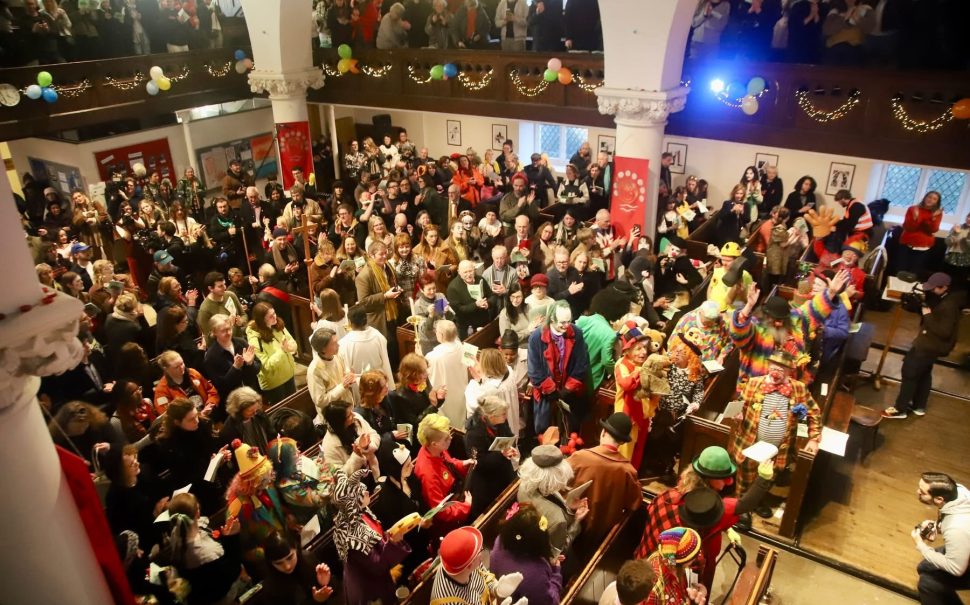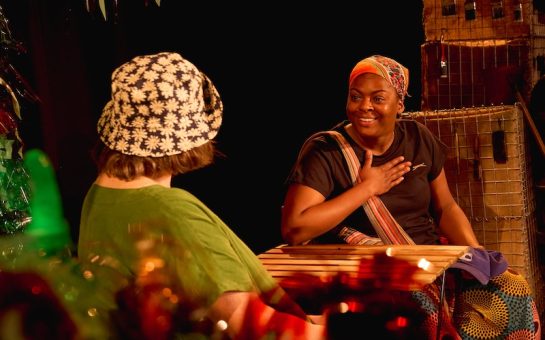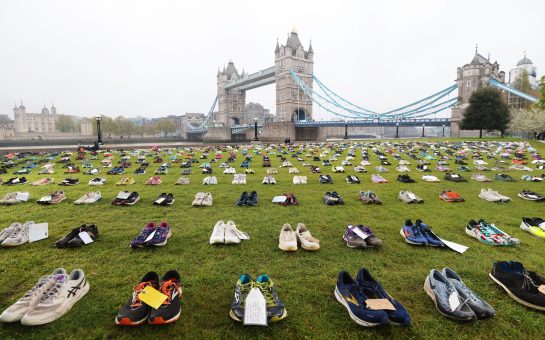Around 600 people gathered to honour the father of clowning at London’s annual celebration of his life.
The service takes place every year on the first Sunday of February and this year it was held at the All Saints Church in Haggerston.
The event, which was first held in 1946, brings together clowns of all ages and nationalities to honour Joseph Grimaldi, a famous pantomime clown from the 1800’s.
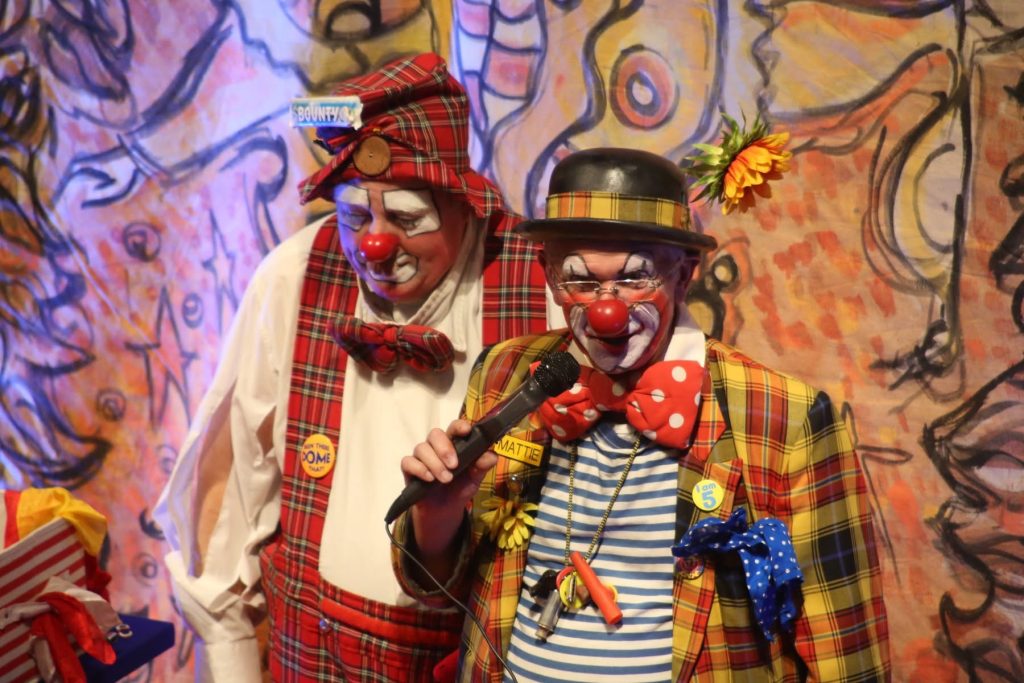
Event producer and clown Mattie Faint said: “Its really to praise the gift of laughter.
“I think February is very appropriate, because we forget about the sunshine and laughing.”
Faint was a hospital clown for Theodora Children’s Charity, spending 19 years working at Great Ormand Street.
The Theodora Children’s Charity works to bring laughter to children’s hospitals and specialist care centres, even providing virtual visits from their Giggle Doctors.
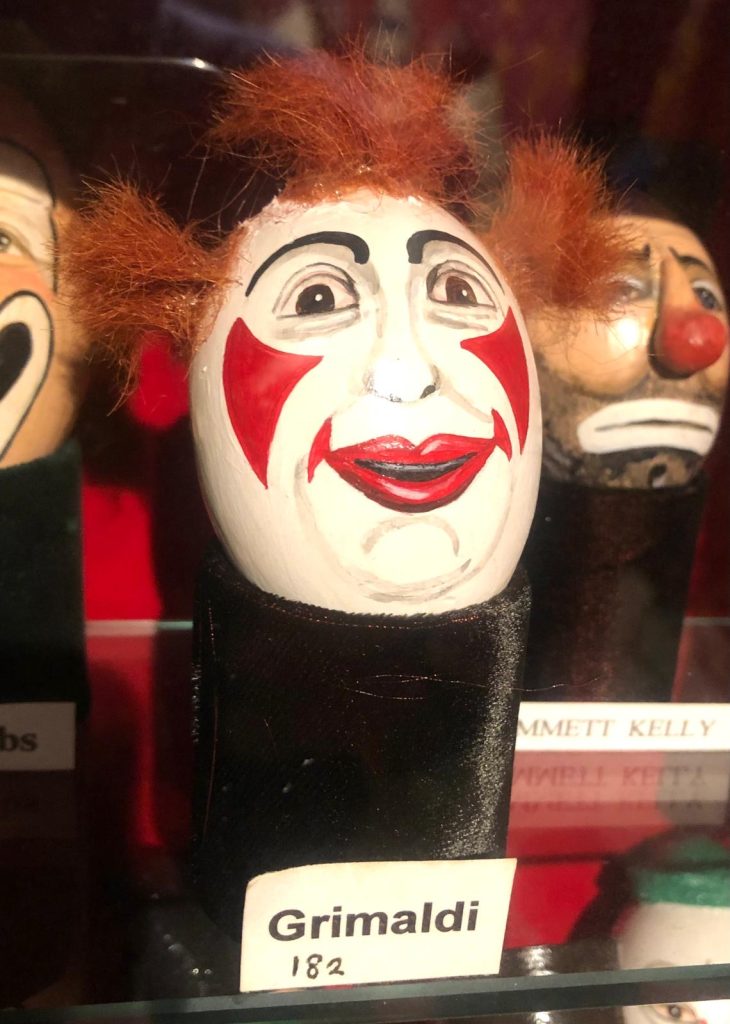
Faint led the congregation of clowns with a processional banner, a feature of his clown archive,.
It featured a collection of iconic items from clowning history such as clown eggs, costumes, shoes and statuettes of Grimaldi himself as well.
The tradition started the year after the end of the Second World War, taking place almost as a thanksgiving service and a way of gaining publicity it.
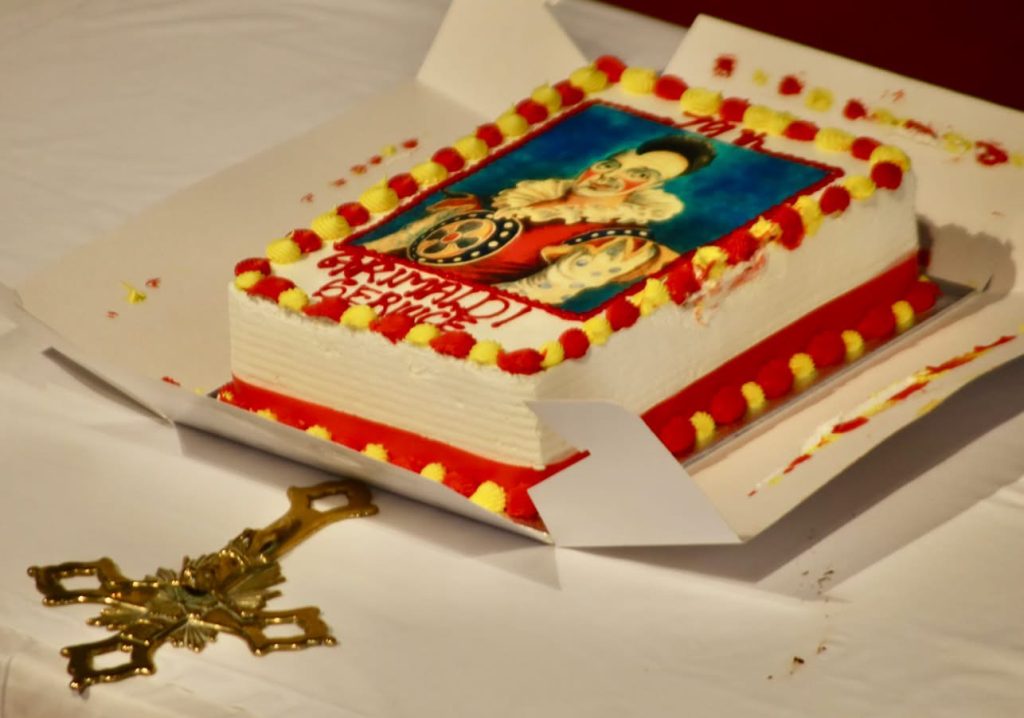
There were hymns, stories, photo opportunities, a show for the children, along with a clown cake.
Faint said: “Maybe they aren’t worker clowns, but people come and its allows them to take on a new persona for the service.”
Grimaldi was born into the theatre industry, making his stage debut at Drury Lane in 1780 and going on to work at Covent Garden theatre.
He eventually developed the role of a clown which would become a staple in British pantomimes, giving him the title of the father of clowning.
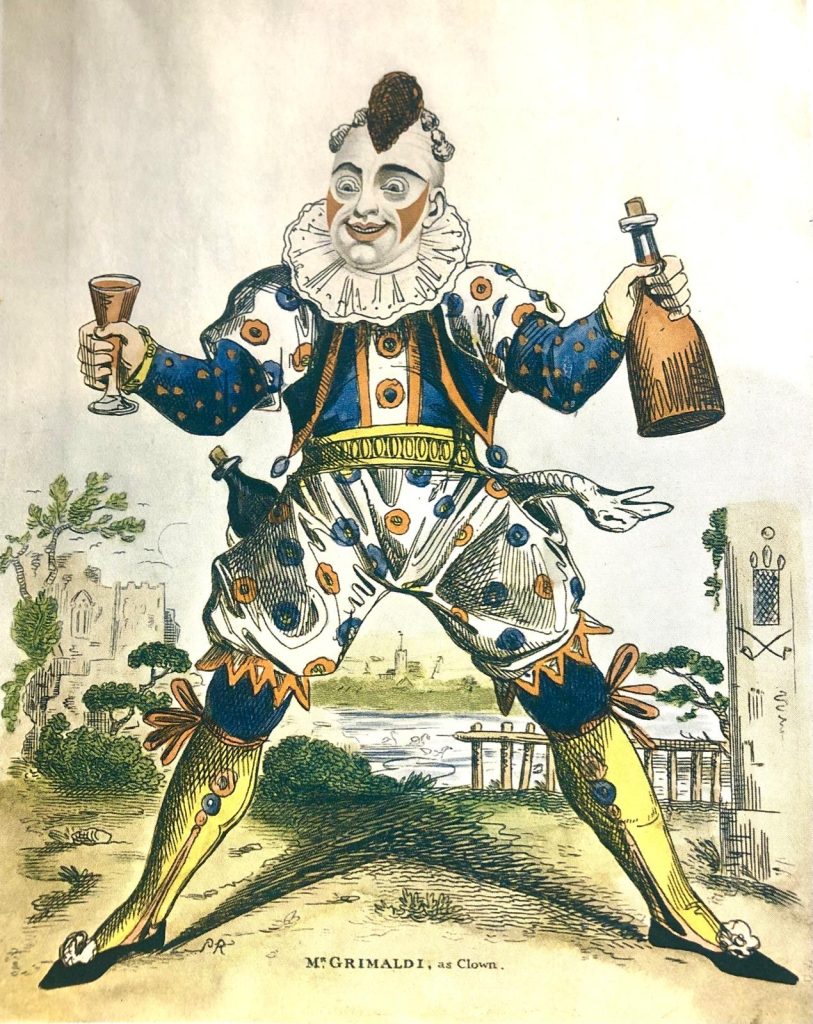
It is after him that clowns are nicknamed Joey, with his trademark whiteface makeup design still being used by clowns today.
Clowning would eventually be his downfall, as the extreme physical exertion caused illness and he became increasingly depressed, retiring in 1823.
Grimaldi would, however, outlive both his wife and son before dying in 1837.
His death is still marked by clowns today, with people even invited to dance on his grave in Islington.
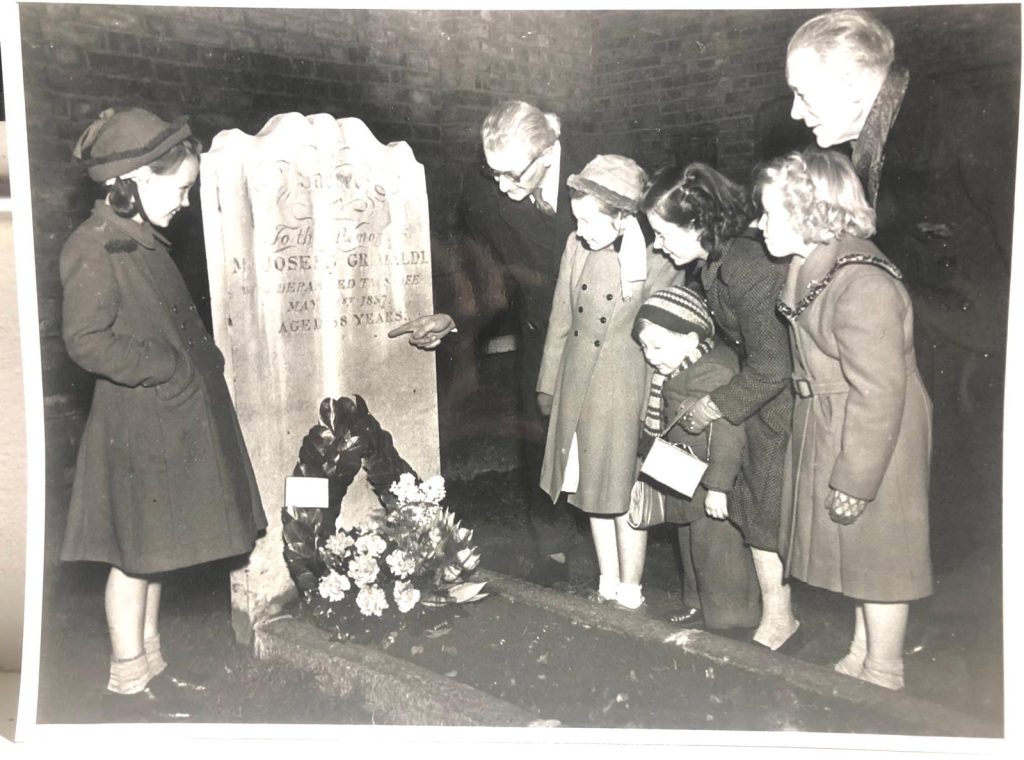
Faint explained the reality of working as a clown, both for Grimaldi and his experience in a children’s hospital.
He said: “Thats the classic with a lot of performers, the sort of yin and yang of performing.”
Picture credit: All pictures courtesy of Gaz de Vere
